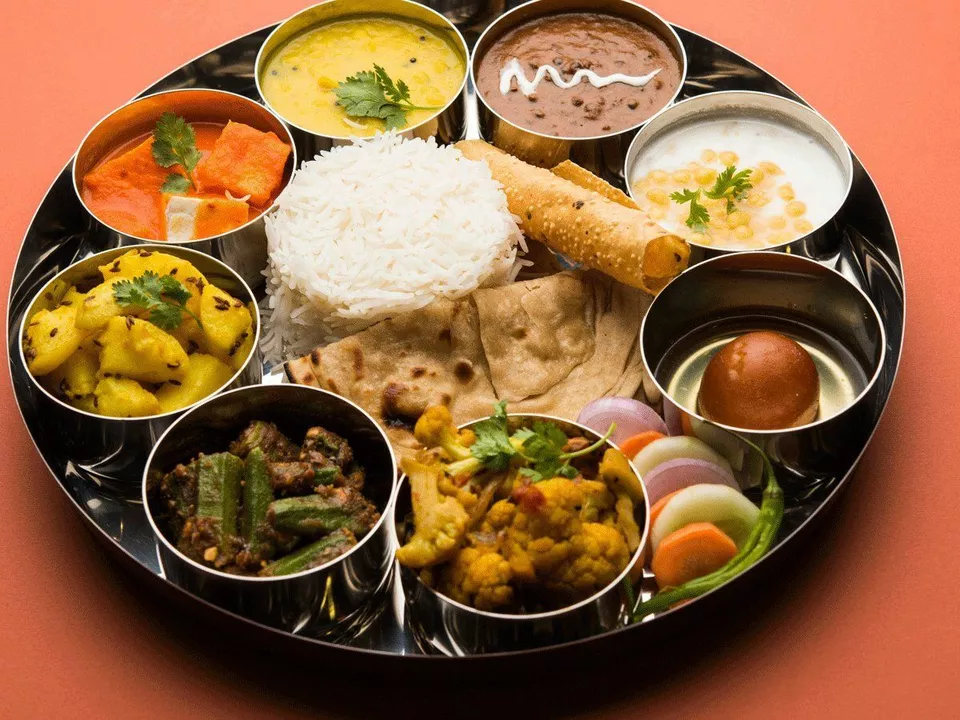Food Safety and Health – Your Go‑to Guide for Safe Eating
Whether you’re whipping up a quick curry or grabbing a snack from the market, keeping food safe is the first step to feeling good. In Warangal we love fresh, spicy meals, but a few simple habits can stop a bad stomach day before it starts. Below you’ll find the basics you need to know, plus quick fixes for common mistakes.
Why Food Safety Matters
Every year millions of people get sick from food that’s been left at the wrong temperature. Bacteria such as Staphylococcus aureus and Salmonella multiply fast when food sits out above 40°F (4°C). In a warm Indian kitchen, the clock starts ticking the moment you turn off the stove. The longer the pause, the higher the risk of foodborne illness.
Typical symptoms show up within a few hours to a couple of days: stomach cramps, nausea, vomiting, and watery diarrhea. Most healthy adults recover quickly, but kids, seniors, and anyone with a weak immune system can end up in the hospital. That’s why a little extra care with leftovers pays off big.
Quick Tips for Safe Leftovers
First, cool food fast. Split large pots of rice or curry into shallow containers, then pop them into the fridge within two hours. The fridge should stay at 35‑40°F (2‑4°C). If you can’t refrigerate right away, keep the dish covered and place it in a cool, shaded spot for no more than 30 minutes.
When it’s time to reheat, aim for steaming hot all the way through—at least 165°F (74°C). A microwave works, just stir midway to avoid cold spots. If you’re unsure, a quick boil for a minute does the trick.
Now, about that common question: “Is it safe to eat Indian food left out overnight?” The short answer is no. Even if the dish looks fine, bacteria could have multiplied to dangerous levels. Rice and lentils are especially prone to Bacillus cereus growth, which can cause vomiting within a few hours.
Seeing or smelling something off might catch obvious spoilage, but many harmful microbes don’t change the taste or odor. Trust the time‑and‑temperature rule, not your nose.
Finally, label your containers. Write the date you stored the food and try to use leftovers within three to four days. When in doubt, throw it out – it’s cheaper than a doctor’s visit.
Following these steps lets you enjoy Warangal’s vibrant flavors without worrying about a sick day. Keep it simple, keep it cold, and keep it hot when you serve. Your stomach will thank you.
